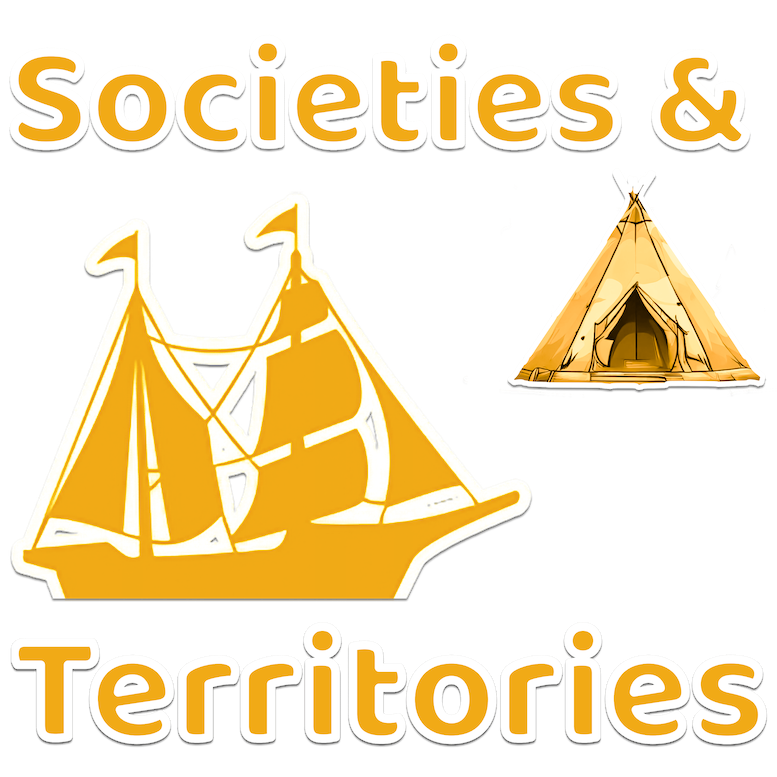Many Algonquian Nations traditionally used dwellings called wigwams. Wigwams looked a little bit like large tents in the shape of a cone or dome. A wigwam could be 3 to 6 metres wide and 3 metres high. It was made of large wooden poles which were covered with skins and bark. Normally, a wigwam was large enough to house several families.
The ideal home for a nomadicA nomad is someone who lives by travelling from place to place. Nomadic thus means anything that involves… or semi-nomadic lifestyle
A wigwam was very handy for Algonquians because it was easy to assemble, disassemble and transport. Once a band had chosen a location to camp, it took the women about an hour to set up a wigwam. When the band moved, it took only the skins and bark because they were light enough to carry. New poles could be found at the next site where the camp would be set up.
Some Nations that are part of the Algonquian language familyA language family is a group of languages related through descent from a common ancestral language…, like the W8banaki (Abanaki) Nation, also used “longhouses that were smaller than traditional Iroquoian structures”. (Quote Source: W8banaki. (N.D.). History of the Nation. Accessed Feb. 8, 2024, from gcnwa.com/en/history-of-the-nation/)
AuthorAuthor – A person who writes something Auteur – Une personne qui écrit quelque chose: Alexandre Lanoix. Translation and adaptationAdaptation – a skill or change of lifestyle that helps with survival. Adaptation – une… by LEARN/RÉCIT.
See also: Traces of the past: A new discovery
Important concepts and big ideas:
nomadA nomad is a member of a community of people who live in different locations, moving…
trade networkA trade network is a system of roads, railroads, rivers, airports or anything that is used…
habitationA habitation is a place of residence like a house, or simply a place in which to live. It…
division of labourDivision of labour means the separation of the work process into a number of tasks, with each task… More





